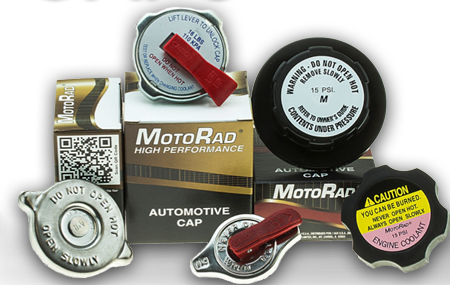It is amazing to consider how quickly integrated circuits actually when from a prototype technology into something that is found in virtually all devices from smartphones to computers and even in home appliances. For engineers specializing in integrated circuit design, creating these small-sized, compact circuits for specialized applications has its own unique set of challenges.
There are many different components of an integrated circuit. Each has to not only function to create the desired effect on the device or the system, but it also has to work with the other components of the circuit. As today’s integrated circuits are both analog and digital, or mixed-signal circuits, this poses some interesting and challenging obstacles for designers and engineers.
The Design
With most devices in use today, the smaller the better. This leads to an ever increasing demand for small and smaller chips taking up less space in ever-shrinking smartphones, tablets and other types of devices.
This means that the components of the integrated circuit design, including the printed board, the semiconductor wafers, and the components of the actual circuit have to all work in harmony in a small space. This single working unit is known as a die, and it is the smallest part of the component, and it is housed in the hard plastic chip component that everyone is familiar with seeing.
The die itself, that thin and delicate inner layer of the chip, connects to the device through a variety of different options. These including different types of mounting types and pins as well as difference pin sizes and configurations.
In most of the very small devices, the mounting type will be a surface-mount. This means that these incredibly small designed chips are soldered directly to the board, which creates its own issues with assembly speed and waste due to error.
Through-hole packages are another type of integrated circuit design that are actually inset into one side of the board and then soldered to the other. These are relatively quick to mount to the board, with dual in-line packages very common. These are designed to have a standard series of pins that simply sit into the board, or they can be soldered or used with a socket.
There are multiple different options in mounting based on the type of circuit needed and where it will be used. Each of these components has to be carefully considered with integrated circuit design, and everything from the scale of manufacturing to the type of use has to be considered when developing a new integrated circuit.

